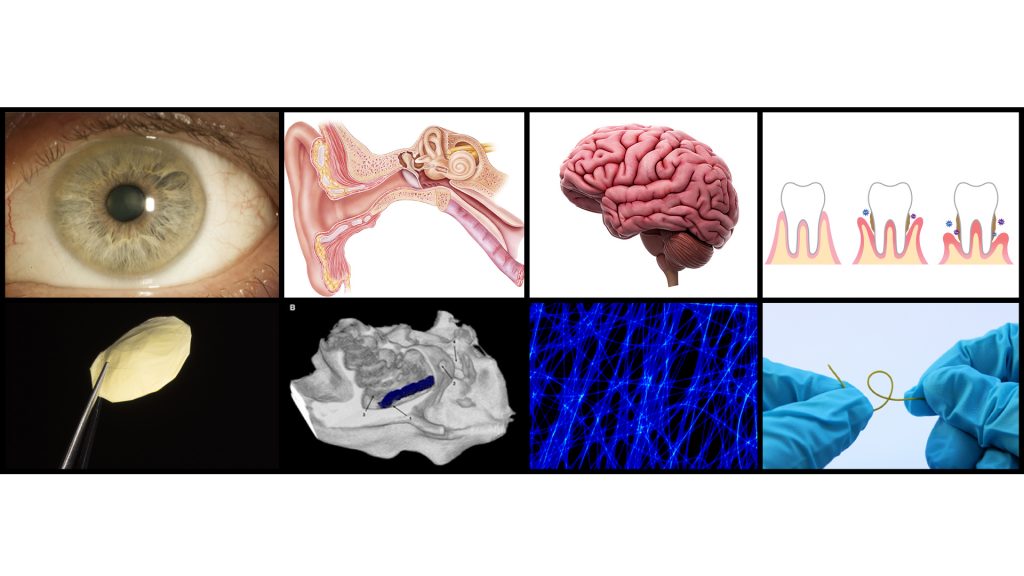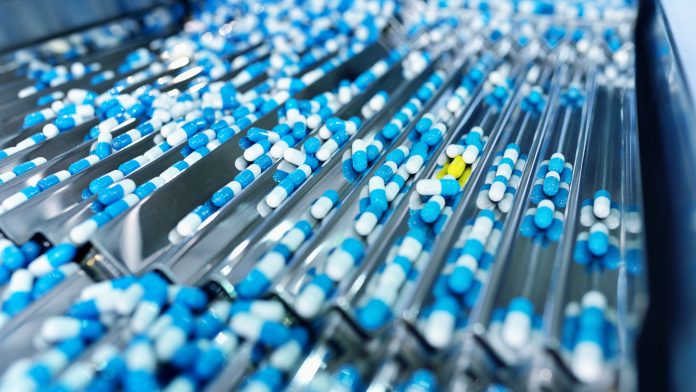Although the concept of controlled and local drug delivery is not new, there is an urgent need to improve existing systems and to explore new applications.
Professor Karsten Mäder of Martin Luther University Halle-Wittenberg, Germany, delves into the concept of controlled drug delivery.
Our desire does not match reality
As a patient, we expect drug therapy to be a fast cure without any side effects. Preferentially, we would like to take tablets, and avoid injections. Unfortunately, our desire does not match reality. Many drug molecules are not absorbed after oral ingestion. In addition to this, most of them have very short half-life’s and therefore, repeated injections within a short time period or long lasting infusions are required. Important examples of such molecules are peptides, which are used to treat breast and prostate cancer.
One solution is the development of controlled release formulations. In the preferred scenario, a biodegradable drug delivery system releases the drug with constant velocity, leading to constant drug concentrations over a prolonged time period. Although controlled release formulations are on the market, many of them show undesirable release profiles, including high initial release (also known as ‘burst release’).
For example, depot systems designed to deliver peptides over one month or three months, release more than 50% of the drug load within the first three days. For marketed controlled release, peptide formulations with much higher drug levels have been observed (<500 fold the necessary concentration). These numbers indicate the need for improved and alternative systems. In the area of schizophrenia, marketed formulations show a lag time (no initial release). The reason for the poor performance regarding the release kinetics are connected with the material properties of the biodegradable excipients.
Currently, polylactide (PLA) and poly(lactide-co-glycolide) PLGA polymers are dominating the field. They degrade by hydrolysis to acidic monomers, which might lead to very acidic pH values (as low as pH2), degradation of drugs prior release, autocatalytic processes and nonlinear release kinetics. Therefore, the development of new biodegradable drug delivery systems (DDS) with constant release profiles is necessary to fully translate the high potential of controlled release into the best benefits for the patient’s. Drug molecules do not know the location of the action. Their distribution is driven by the physico-chemical properties and the biological environment.
In many cases, only a very low percentage of the applied dose reaches the disease related area, the majority is distributed to other tissues, causing side effects. For example, periodontitis requires often an antibiotic treatment. Oral ingestion of tablets or capsules requires high doses and causes serious side effects because of the harm and gut microflora. The rationale for local treatment inside the periodontal pocket is very clear, because by this approach, the following advantages can be achieved:
- Reduction of overall dose;
- Avoidance of side effects due to local release; and
- Higher efficiency due to high local drug concentrations with decreased possibilities for resistance development.
The problem of low drug concentrations after systemic administration is evident in many organs, including the brain, the eye and the ear. Because of the increasing importance of eye and ear diseases due to an ageing society, new and better delivery systems are required to solve the unmet needs of drug therapy. This is exactly the main goal of the drug delivery research group around Prof Karsten Mäder from the Martin Luther University Halle-Wittenberg, Germany. Making new combinations of already existing excipients or designing new materials, Karsten develops incorporation with his partners in chemistry, physics and medicine new biodegradable drug delivery systems. The following examples illustrate some recent achievements:

Local treatment of periodontitis
In co-operation with partners from the Fraunhofer Institutes IMWS and IZI in Halle and the University Bern, Mäder and his PhD-student Martin Kirchberg developed systems of treatment of periodontitis. With the formation of a lipophilic complex of known antibiotics and their extrusion with a biodegradable polymer matrix, they developed a new flexible extrudates with the following advantages compared to existing products:
- Easy application without a special device;
- Prolonged release of the bioactive drug; and
- Increased drug stability.
Currently, steps are undertaken to test the new system in the clinical trials.
Biodegradable cochlear implants
Drug therapy of the inner ear is very challenging, because only a very small, and often insufficient, amount of the drug reaches the desired area. In co-operation with Prof. Stefan Plontke, Karsten, Mäder and his PhD student Eric Lehner, developed new biodegradable cochlear implants which show promising features including their administration properties and release profiles. They are a new option to achieve high drug levels in the inner ear.
New DDS against schizophrenia
Mäder and his co-workers also succeeded in the improvement of drug release for risperidone, a drug against Schizophrenia. The controlled release formulation, which is currently on the market, shows initially no release, which has been compensated by the patient’s with co-medication of tablets. Unfortunately, schizophrenia patients do not always comply and take their tablets. Combining polymeric and lipid excipients, the scientists in Halle developed a system with no lag time and a constant release over two months. Advantages of the new system include a prolonged release time and the constant release profile.
Electro-spun nonwoven for ocular delivery
The eye is also an important location for local drug delivery. Commonly used systems for drug delivery to the anterior eye, such as eyedrops, deliver only very small amount into the eye. The low drug content results from the fact that the eye can only accommodate a very small amount of additional liquid and the majority of the eyedrop liquid is expelled or taken orally. Continually, there is a rapid turnover of the liquid in the anterior eye which leads to very short half times. In fact, in many cases there is no drug left after a few minutes. Therefore, sufficient drug levels would require a high-frequency of repeated applications (such as several times in an hour). This is not realistic either in a home patient or clinical setting.
- Drug delivery of 100% to the eye due to the avoidance of liquid overflow;
- Prolonged drug retention in the eye; and
- Increased stability due to the dry form of the drug delivery system.
In summary, new combinations of existing pharmaceutical excipients already permit a significant improvement of existing systems combined with a high potential into the clinical practice within short time. In addition, the development of new materials (such as polymers lipids) offers even more options but requires much more times and money for translation into the clinical environment. The scientists in Halle follow both ways. Further projects include drug delivery directly to the brain nerves and the development of new biodegradable polymers in tunable properties.
Dr Karsten Mäder
Professor
Martin Luther University Halle-Wittenberg
+49 345 55 25167
karsten.maeder@pharmazie.uni-halle.de
www.linkedin.com/in/karsten-m%C3%A4der-a0763b153/
www.natfak1.uni-halle.de/?lang=en
Please note, this article will also appear in the first edition of our quarterly publication, the Innovation Platform.







